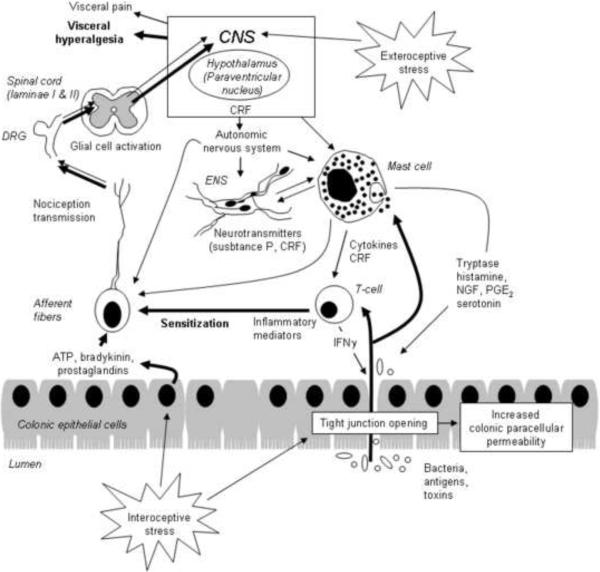Figure 1. Putative mechanisms involved in exteroceptive and interoceptive stress-induced visceral hyperalgesia.
Exteroceptive stress when perceived by the CNS, induces the activation of the paraventricular nucleus of the hypothalamus and the release of CRF centrally leading to the activation of the pituitary-adrenal axis and the release of corticosterone and catecholamines, and peripherally stimulating the ENS to release peptides (SP, CRF). These peptides stimulate mast cells degranulation and release of preformed and newly synthesized mediators (tryptase, histamine, NGF, prostaglandins, cytokines, serotonin) leading to T-cell activation and increased colonic paracellular permeability. This in turn, increases the transfer of bacteria and antigens into the mucosa, further activating mast cells and T-cells, with an increased release of inflammatory mediators that sensitize the afferent fibers to mechanical stimuli leading to the development of visceral hypersensitivity. Interoceptive stressors can induce the release of inflammatory mediators by epithelial cells (ATP, bradykinin, prostaglandins) which can directly sensitize afferent fibers or induce the additional release of algogenic substances (histamine, SP, NGF, serotonin). Sensitization of afferent nerves can lead to long term alterations in the spinal cord and hyperactivation of spinal glial cells, which once the peripheral insult or stressor is resolved can perpetuate the visceral hypersensitivity. ATP: adenosine triphosphate, CNS: central nervous system, CRF: corticotropin-releasing factor, DRG: dorsal root ganglia, ENS: enteric nervous system, IFN: interferon, NGF: nerve growth factor, PGE2: prostaglandin E2, SP: substance P.

